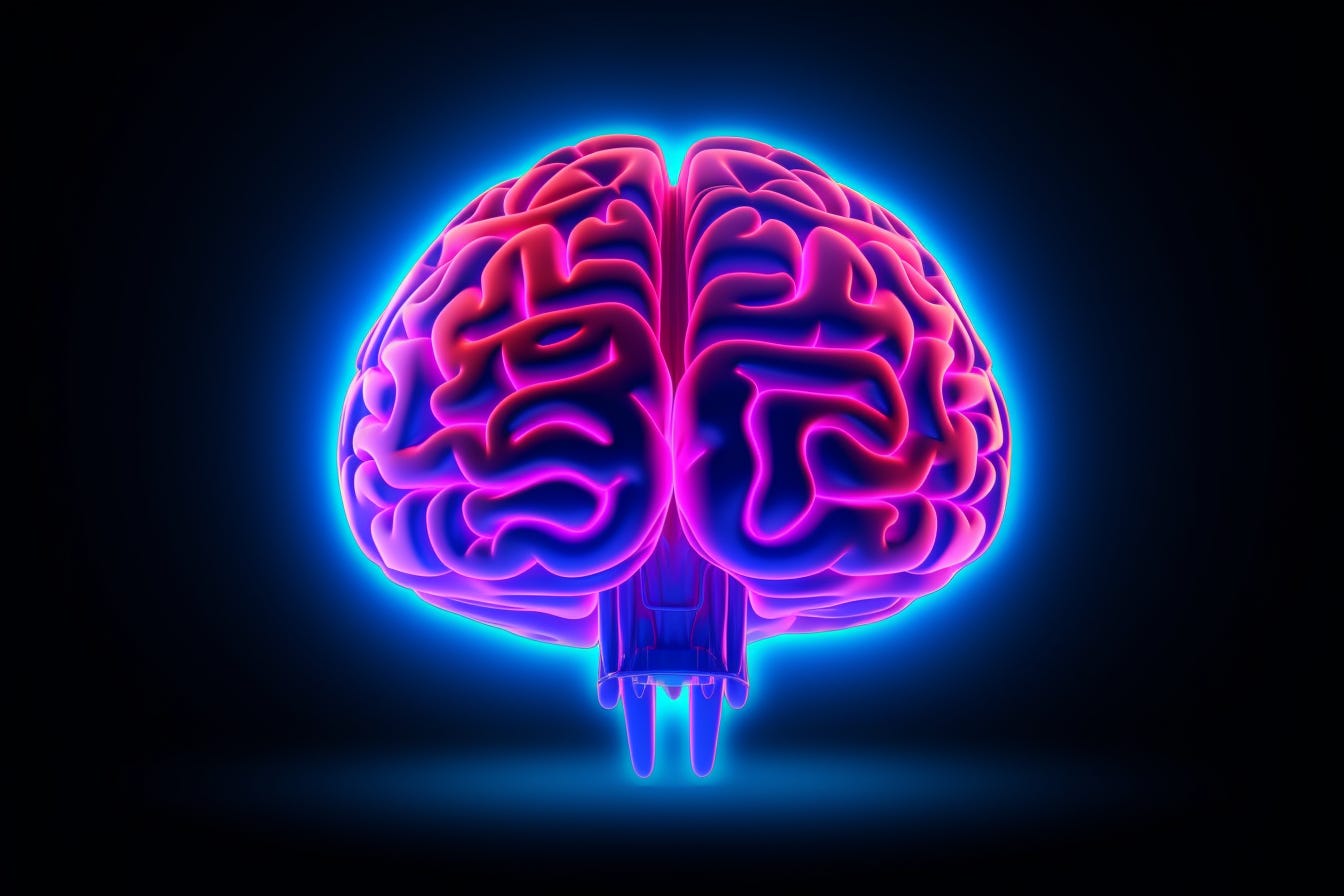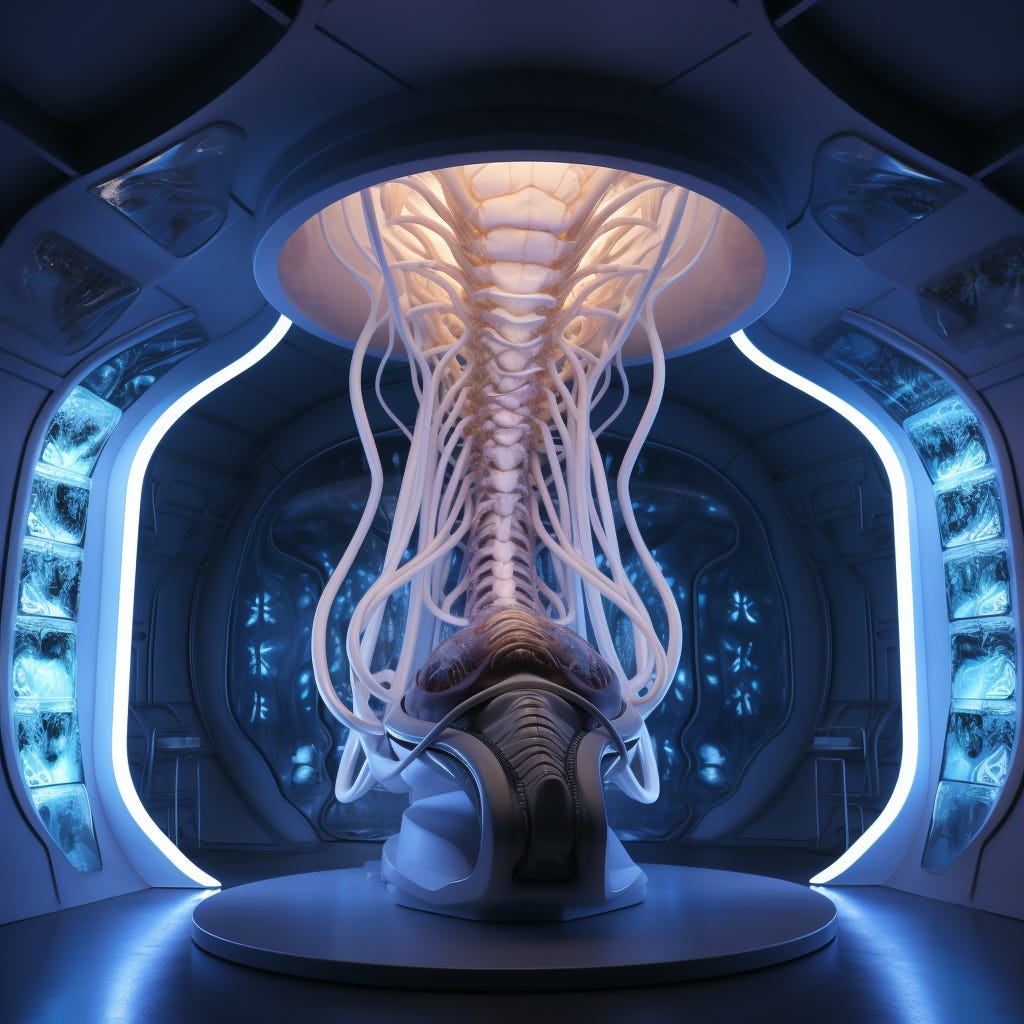The mesentery and mesenchyme are two distinct but related concepts in the field of anatomy and embryology.
Mesentery: The mesentery refers to a double-layered fold of the peritoneum, a membrane that lines the abdominal cavity and covers the abdominal organs. It provides support and holds the organs in place within the abdominal cavity.
The mesentery is composed of connective tissue, blood vessels, lymphatics, and nerves. It acts as a conduit, allowing blood vessels, nerves, and lymphatic vessels to reach the abdominal organs. Additionally, it provides a structural framework for the organs, enabling their mobility while maintaining their position. The mesentery also plays a crucial role in the immune response within the abdominal cavity.
Mesenchyme: Mesenchyme is a type of embryonic connective tissue that forms during early development. It serves as the precursor to various connective tissues found throughout the body, including bone, cartilage, blood vessels, and certain types of muscle. Mesenchyme arises from the mesoderm—a primary germ layer that develops during gastrulation in the early stages of embryonic development.
During embryogenesis, mesenchymal cells are initially loosely arranged and possess a considerable degree of plasticity. They are capable of migrating and differentiating into various cell types based on signalling cues and genetic instructions. Mesenchyme contains a gelatinous extracellular matrix composed of proteins, such as collagen and elastin, as well as ground substance, a mixture of proteoglycans and glycoproteins. This extracellular matrix provides structural support and acts as a reservoir for growth factors and signalling molecules.
Connective tissue is one of the primary tissue types in the body, characterized by an abundant extracellular matrix and a diverse population of cells. It serves multiple functions, including providing structural support, connecting and anchoring tissues and organs, transporting nutrients and waste, and participating in immune responses.
The enteric nervous system (ENS) is a complex network of nerves located within the walls of the gastrointestinal (GI) tract. It is often referred to as the "second brain" of the body due to its extensive and independent control over the digestive system. The ENS is composed of millions of neurons that are distributed throughout the oesophagus, stomach, small intestine, and large intestine.
The enteric nervous system functions autonomously, meaning it can regulate and coordinate many digestive processes without direct input from the central nervous system (CNS), which includes the brain and spinal cord. However, the ENS also communicates with the CNS via neural pathways to maintain overall control and coordination.
The main functions of the enteric nervous system include:
Control of gastrointestinal motility: The ENS regulates the contraction and relaxation of the muscles in the GI tract, allowing for the movement of food through the digestive system. It coordinates peristalsis, the wave-like contractions that propel food forward.
Regulation of secretions: The ENS controls the secretion of digestive enzymes, acids, and hormones necessary for the digestion and absorption of nutrients.
Sensory perception: The enteric nervous system detects and responds to various stimuli within the GI tract, such as changes in stretch, chemical composition, and temperature. This sensory information helps trigger appropriate motor responses and regulates the sensation of hunger, fullness, and discomfort.
Immune response modulation: The ENS interacts with the immune system within the GI tract, influencing the local immune response and contributing to gut homeostasis and defence against pathogens.
Overall, the enteric nervous system plays a vital role in the regulation and coordination of digestive processes, working in conjunction with the central nervous system to maintain optimal gastrointestinal function.
The mesentery contains blood vessels, lymphatic vessels, and nerves that supply the intestines. These nerves, which travel within the mesentery, are part of the autonomic nervous system and are involved in the communication between the central nervous system (CNS) and the ENS.
The autonomic nerves within the mesentery transmit signals between the CNS and the enteric nervous system, allowing for coordinated control of digestive processes. These nerves help regulate the motility, secretion, and sensory functions of the gastrointestinal tract, which are primarily governed by the ENS.
If you have come this far, you will by now understand that the human body is functioning autonomously, performing millions of tasks a second. It has all the sensors, micro machines and nano factories transforming substrate particles of amino acids into proteins that are then combined and rearranged to make energy that fuels life at a cellular level. All we need to do to avoid man-made diseases is pay rigorous attention to what we allow to pass into our mouths so that the body can take the high-quality fuel you provide it and break that down into components the body requires to repair and help it survive.
If our bodies are constantly bombarded with poisons and processed foods they will malfunction, like any machine that is not looked after.
Malfunction and deficiency create disease.
Protect your alien you are just the pilot.
N9n





